Concrete works: the backbone of infrastructure
Concrete is the most widely used construction material in the world, and for good reason. Its versatility, strength, and durability make it the ideal choice for a vast array of infrastructure projects. From the towering skyscrapers that define our city skylines to the roads and bridges that connect them, concrete is the foundation upon which modern civilization is built.
Since ancient times, civilizations have recognized the benefits of concrete. The Romans, for example, used it to build enduring structures like the Pantheon and the Colosseum. Over the centuries, the composition and application of concrete have evolved, leading to today's sophisticated mixtures and construction techniques.
Concrete in Modern Infrastructure
Today's construction industry utilizes a variety of concrete types, each tailored for specific needs. From high-strength concrete for skyscrapers to lightweight concrete for architectural designs, the selection is vast. Innovations such as self-healing concrete and ultra-high-performance concrete are also on the rise, pushing the boundaries of what can be achieved.
Technological advancements have significantly improved the properties of concrete. Additives and admixtures enhance its performance, while computer-aided design (CAD) and building information modeling (BIM) have revolutionized the planning and execution of concrete works.
Concrete's Role in Various Infrastructure Projects
Concrete is the lifeblood of transportation infrastructure. It is used in the construction of highways, bridges, tunnels, airports, and railways, providing the necessary durability and load-bearing capacity to withstand constant use and harsh weather conditions.
As urban populations grow, the demand for high-density, sustainable buildings increases. Concrete's fire resistance, thermal mass, and acoustic insulation properties make it an indispensable material in urban construction.
Concrete plays a critical role in water and waste management systems. Its impermeability and strength are essential for constructing sewage systems, treatment plants, and water storage facilities that are vital for public health and environmental protection.
The Process of Concrete Works
The design and planning phase of concrete works is crucial. It involves careful consideration of the structural requirements, environmental factors, and the intended use of the building or infrastructure. This stage ensures that the concrete work will be safe, functional, and aesthetically pleasing.
Selecting the right materials and ensuring quality control are paramount in concrete construction. The composition of the concrete mix must meet the specific needs of the project, and rigorous testing is conducted to guarantee the strength and longevity of the structure.
The construction phase involves the pouring and molding of concrete, followed by a curing process that allows it to harden and gain strength. Proper curing is essential for achieving the desired properties of the concrete and ensuring the longevity of the structure.
Maintaining and Repairing Concrete Structures
Despite its strength, concrete can deteriorate over time due to environmental exposure, load stress, and chemical reactions. Identifying potential issues early is key to extending the life of concrete structures.
Repairing and preserving concrete structures involve various techniques, such as patching, resurfacing, and applying protective coatings. These methods help to restore structural integrity and protect against future damage.
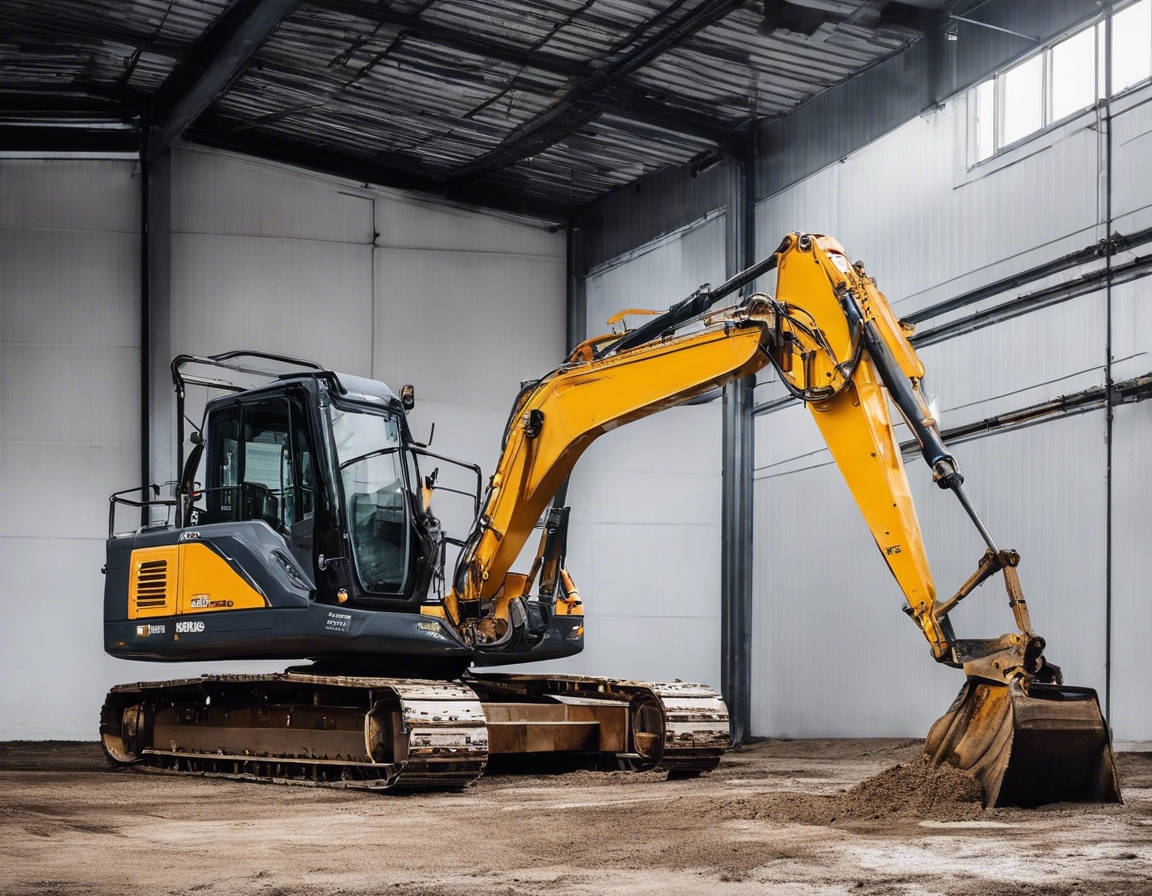



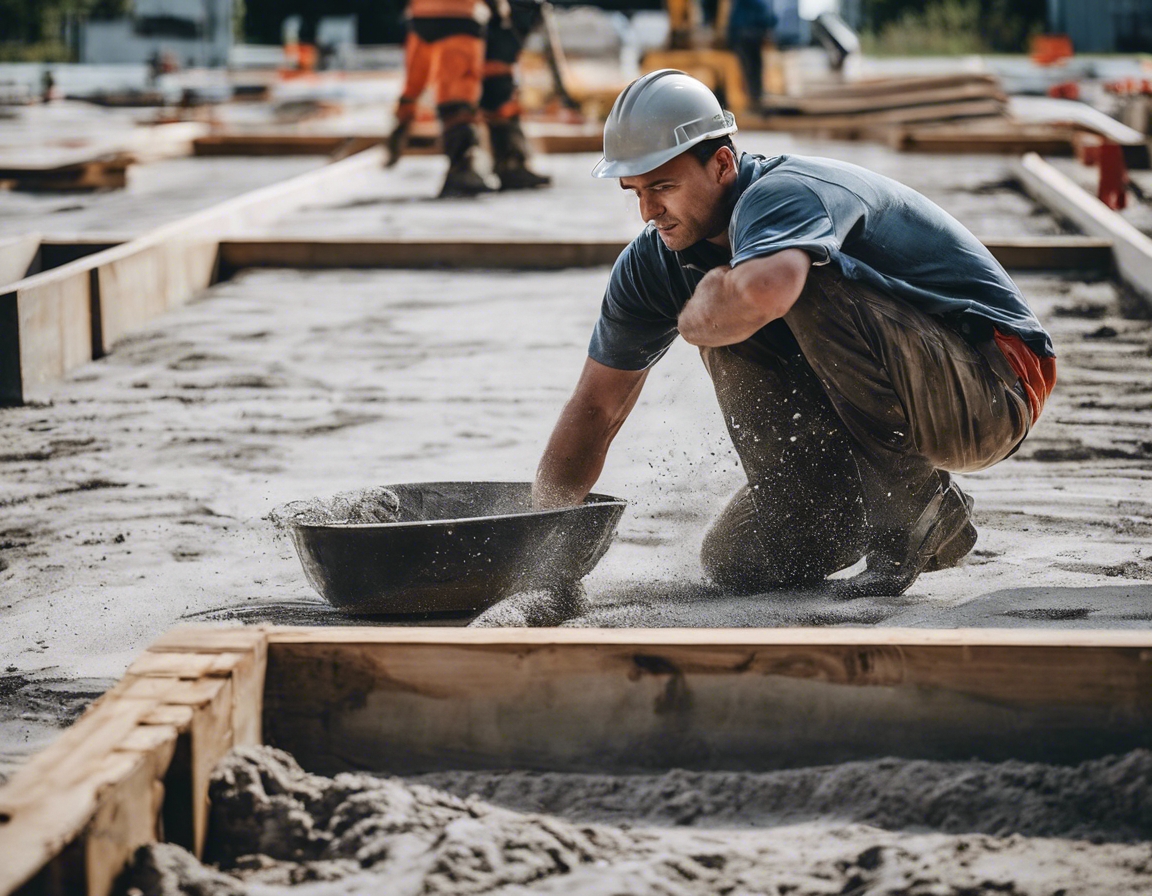
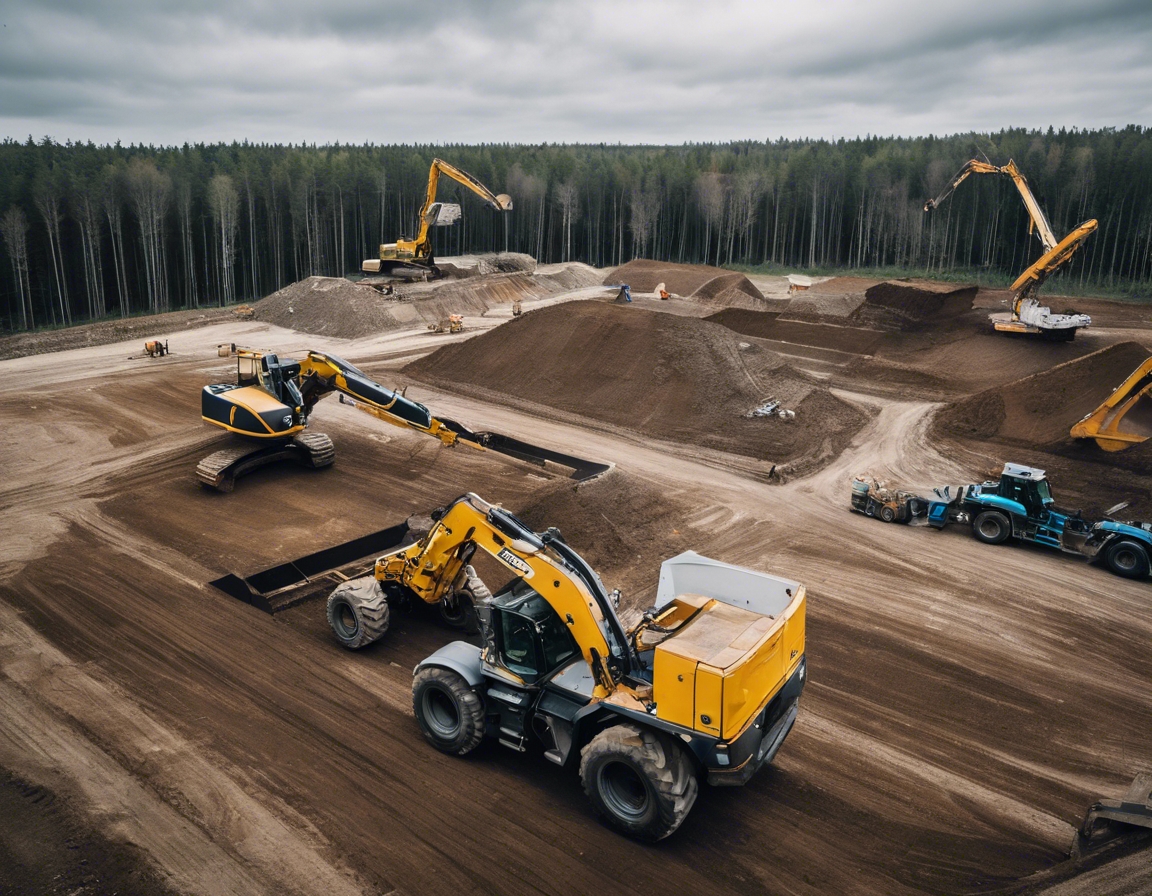
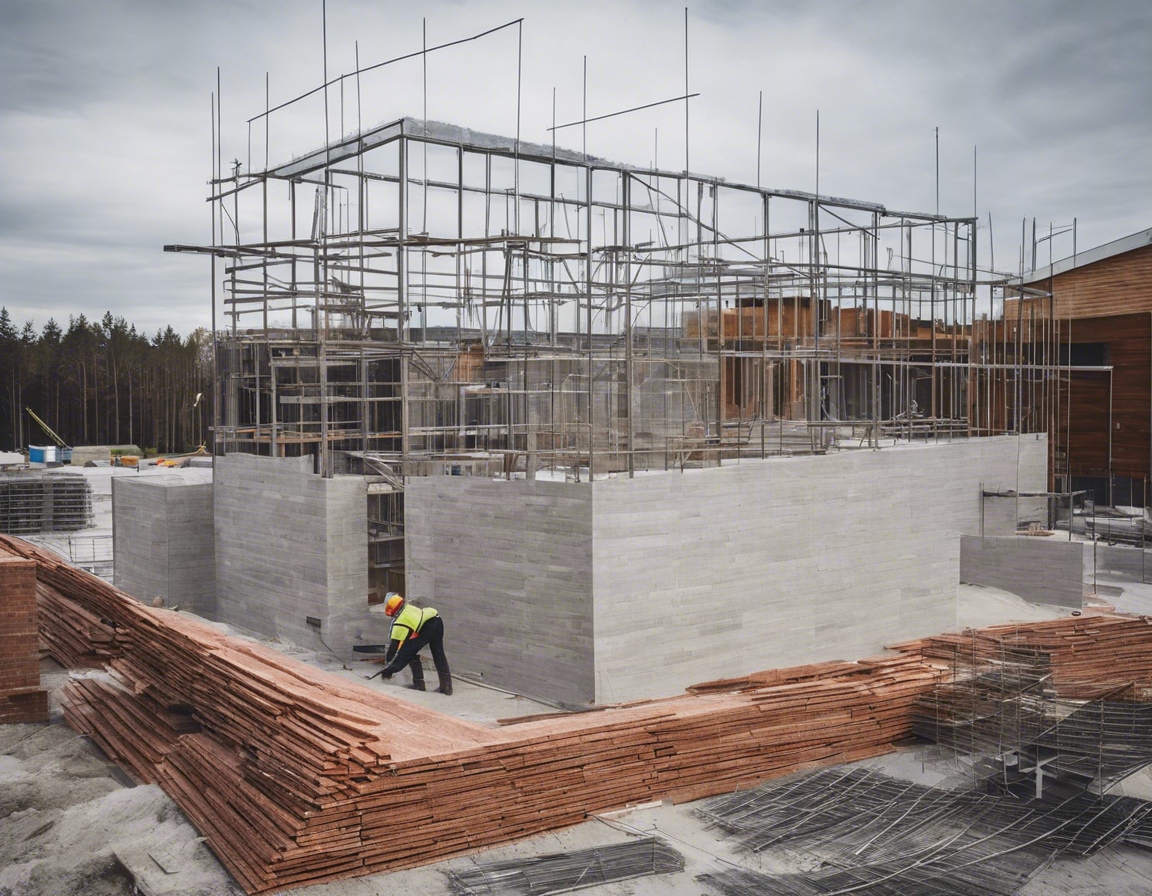
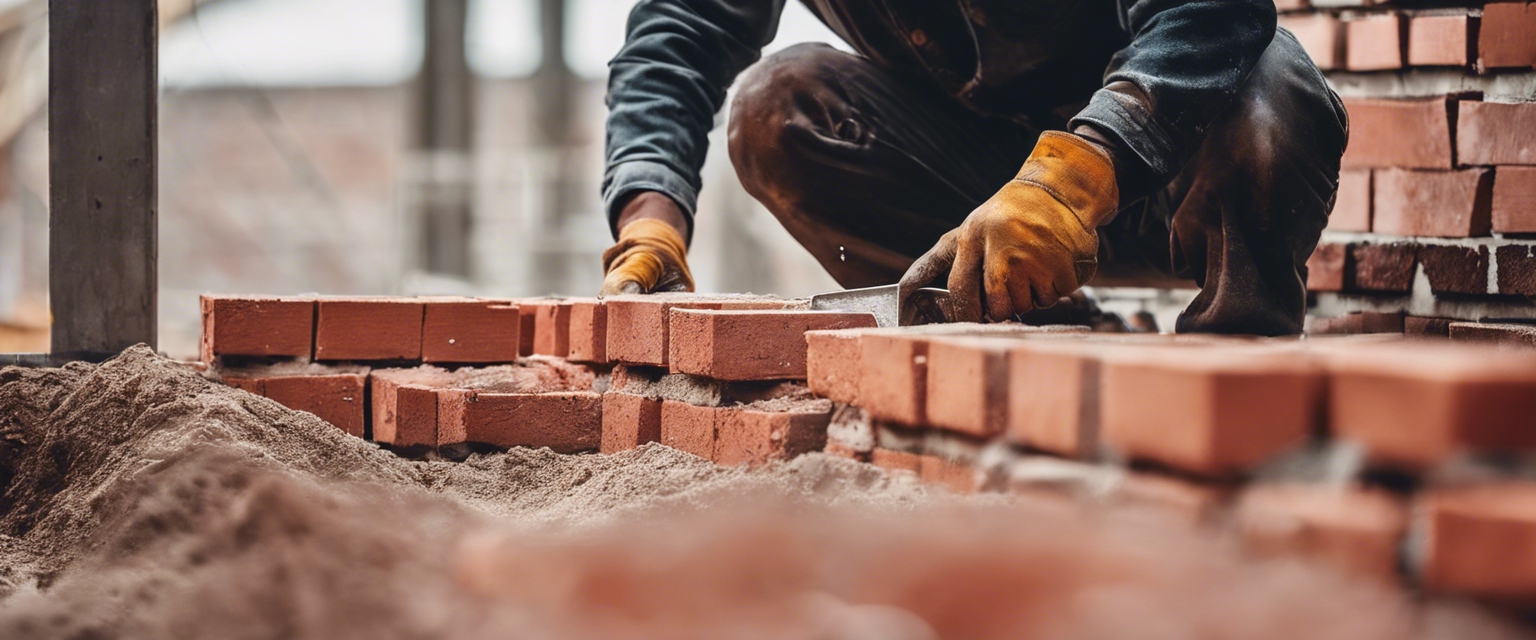
Comments (0)